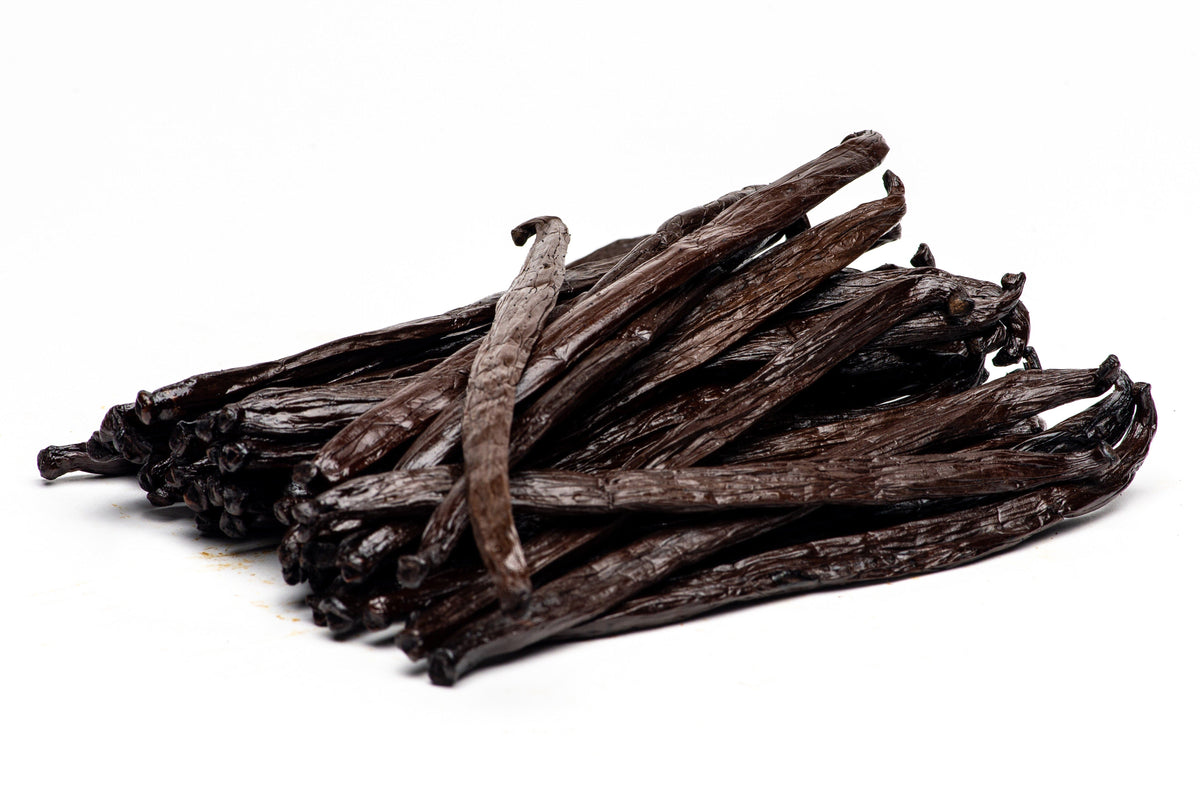

While the actual growing of the vanilla bean plant isn’t all that challenging, it is vital you have the proper climate and keep a close watch with regular check-ups, particularly during the time the plant is due to flower. You should also provide some level of support for the vines, such as a wooden trellis. Through the warmer spring and summer months, it’s important to gently fertilize the plant with orchid fertilizer every couple of weeks. Filtered shade and bright light are preferred, and the pots should be able to drain well and be humus-rich. High humidity is key, and overnight temperatures should never drop below 55 degrees. If the flower is pollinated successfully, then around nine months after, you should then get long pods of vanilla seeds that are typically anything between 6-10 inches in length, starting to appear.Īs you already know, vanilla orchids prefer subtropical or warm tropical climates as this is where they are grown commercially at-scale. These flowers are yellow, white, or green and measure around five inches in width. The orchid itself, the vanilla ‘flower’ will only appear for a single day. It will typically take a minimum of three years before you see any blooms and when they do arrive, it is usually in spring to late summer. You need to strike the optimal balance so that it does not dry-out but you also want to avoid root rot by having it too wet. When growing vanilla, it is vital you keep the soil evenly moist, making sure you do not over-water the plant at the same time.

You can purchase proper soil that is formulated to meet the specific needs of orchids. The soil you use to grown vanilla needs to be of a neutral PH somewhere between 6.6-7.5 is ideal. They have fleshy, green-yellow foliage, and in their natural habitat, they can reach an impressive 75-100 feet in length. The Vanilla Orchid is known as an evergreen plant. After they’re harvested, the vanilla beans need to go through a curing process, and this adds a further few months to the overall timeline. In total, it takes an average of 6 to 9 months to grow vanilla beans. How long does it take to grow vanilla beans? This is probably one of the reasons that it is the second most expensive spice in the world, second only to Saffron. There are no short cuts, nor any type of fast-track approach to growing, harvesting, and curing vanilla. If you want to learn more about how vanilla beans are pollinated by hand, please click this link. Add to this the complexity of needing to pollinate each flower within a 12-hour window, and you start to appreciate how and why it isn’t easy to grow and harvest vanilla. When you consider that each flower can open at any given time, and multiple flowers will open every day over a period of many weeks. However, pollination outside of Mexico is done by hand. Today, commercial vanilla is grown in the Caribbean, Comoro Islands, Hawaii, Madagascar, Indonesia, Tahiti, and Mexico. For many, many years, Mexico was the only location vanilla was found, and this is because its natural pollinator is the Melipona bee, a specific type of bee that is only found in Mexico. It is most commonly grown in subtropical and warm tropical climates across the globe, with origins from Mexico. The vanilla orchid, also known as Vanilla planifolia, is the only orchid in the world that produces edible fruit. At the point the vanilla beans start to bloom, those precious flowers will only stay open for a single day, and they need to be pollinated within no more than 12 hours of their blooming. The plant itself will not actually start to produce any vanilla bean pods for at least three years.
Whether you’re considering trying to plant and grow vanilla at home, or you simply want to learn more about how vanilla beans are grown and harvested across the globe, this article will tell you everything you need to know and answer any questions you might have.Ĭultivating vanilla is an incredibly labor-intensive process.


 0 kommentar(er)
0 kommentar(er)
